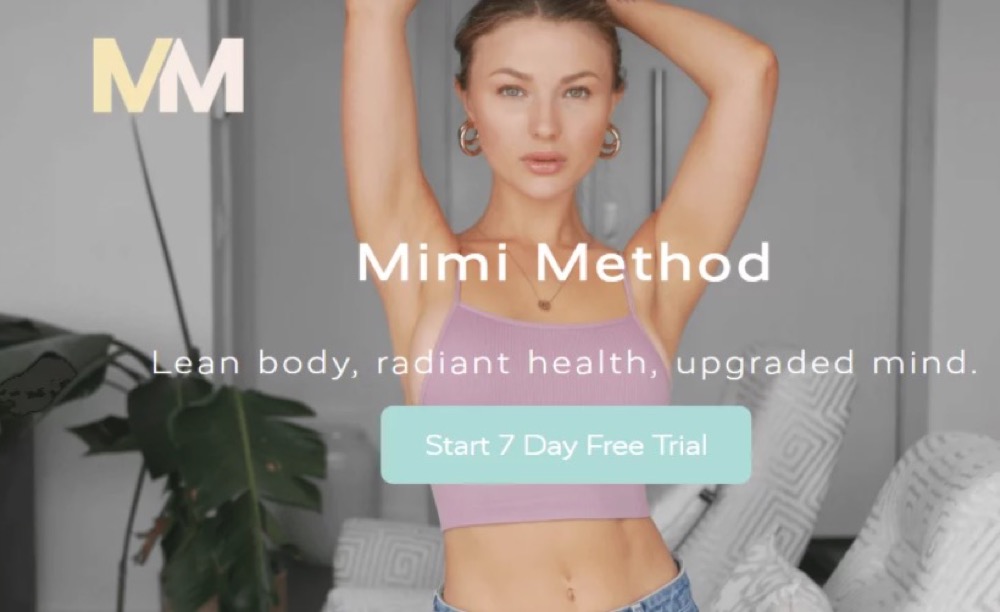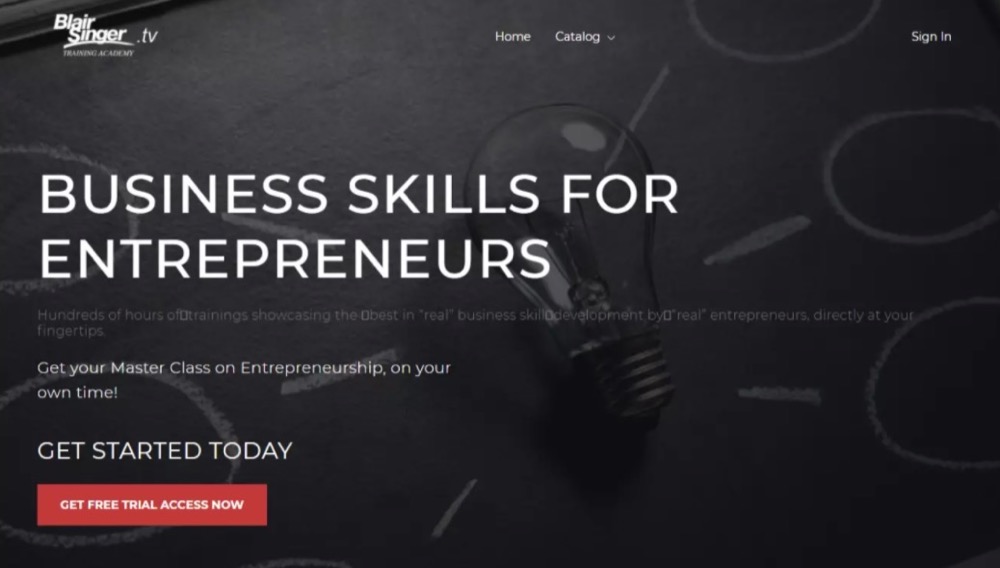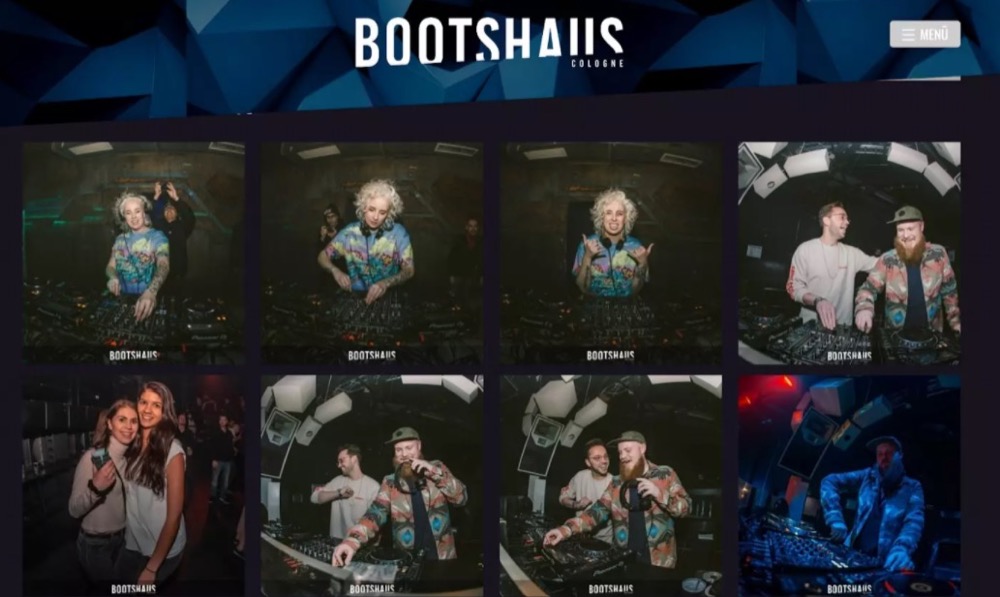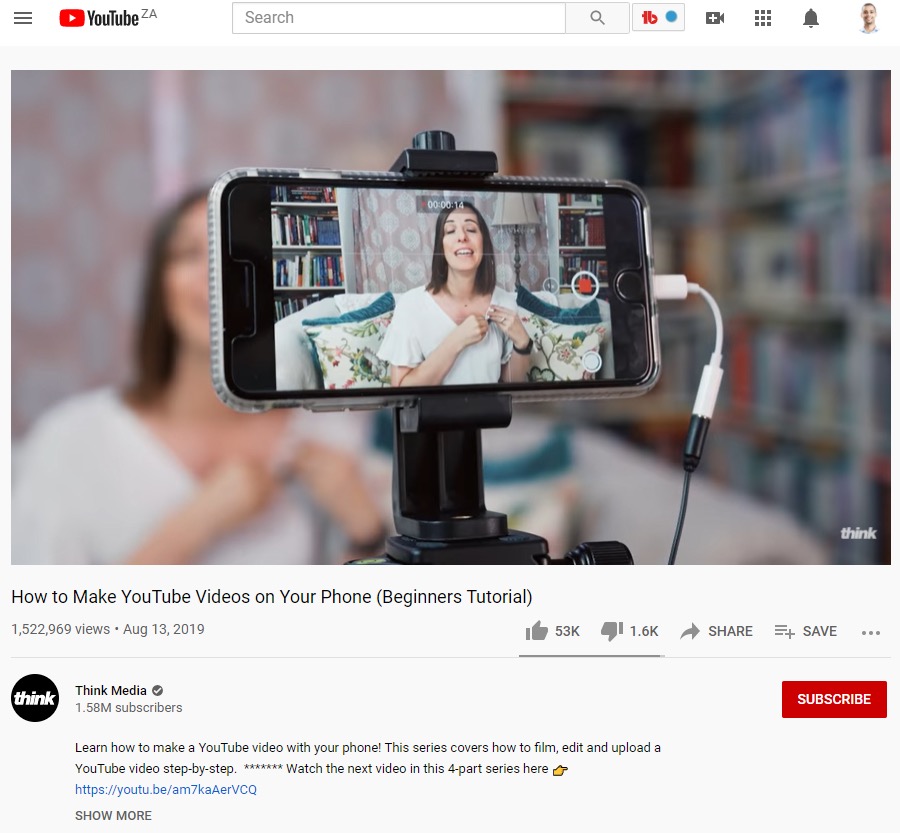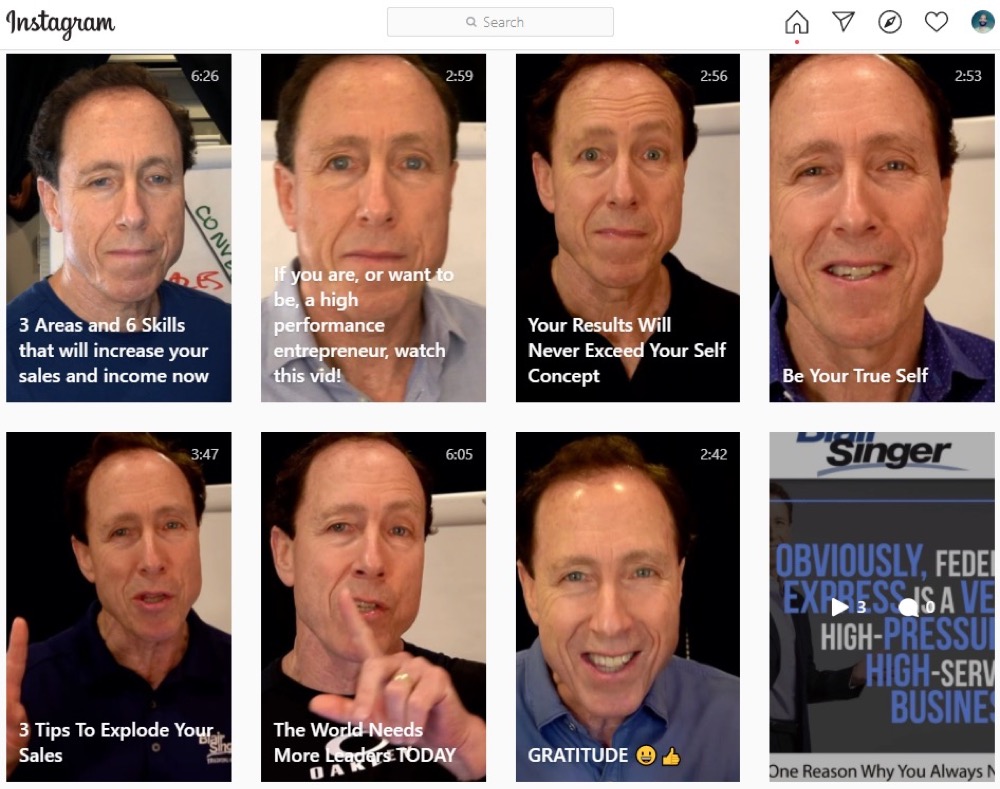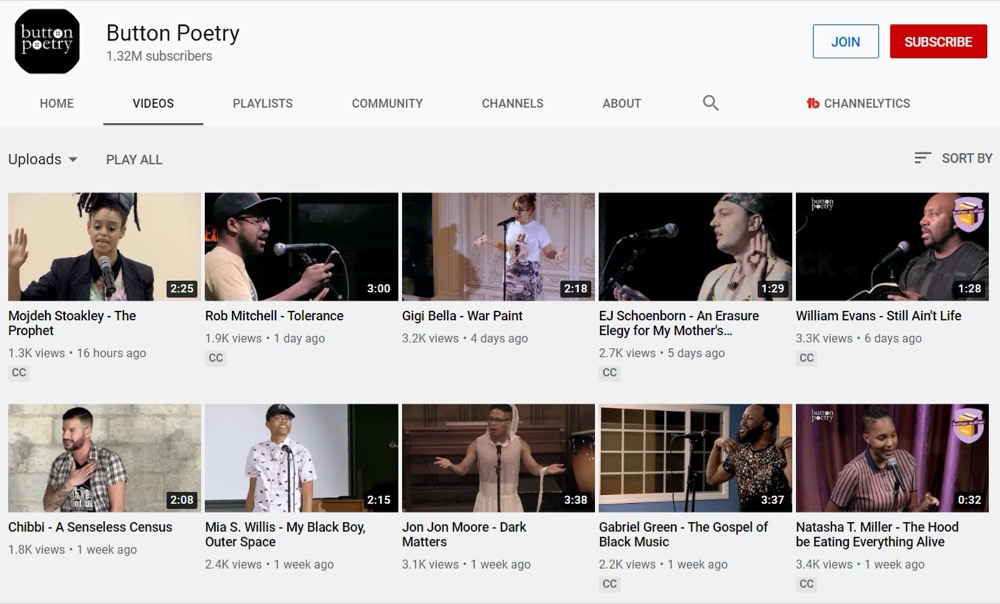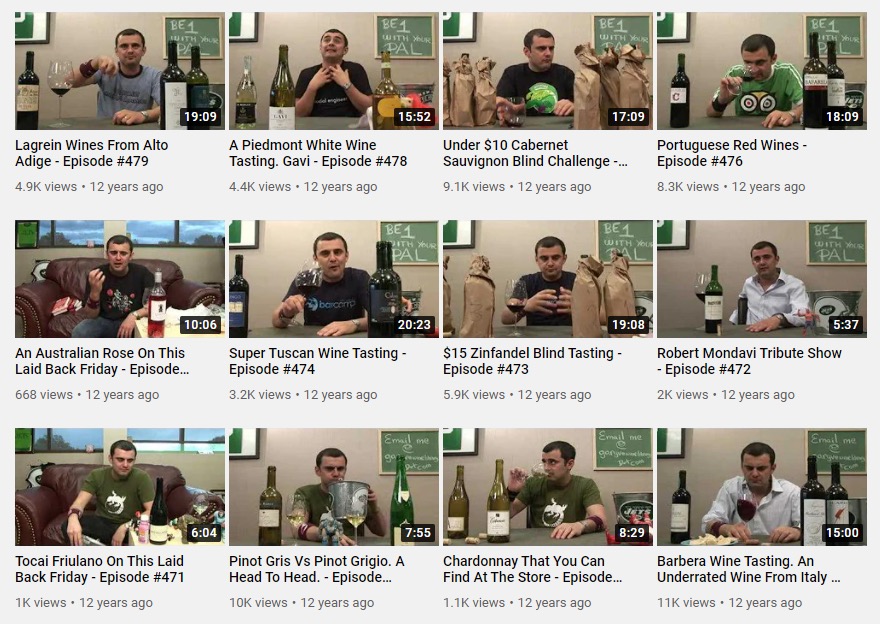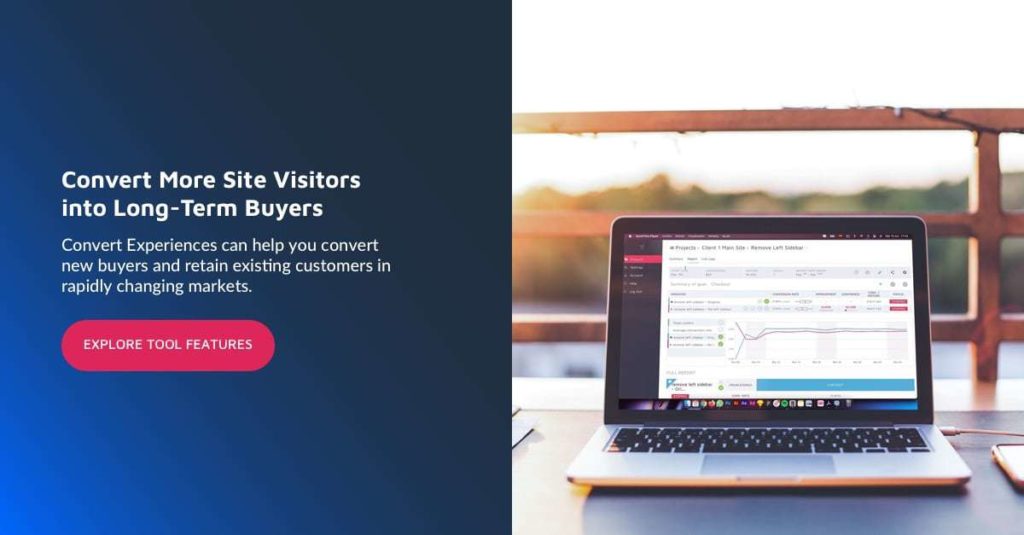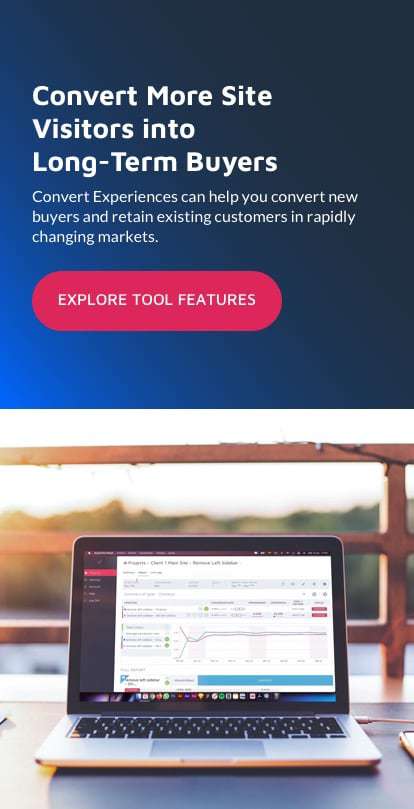10 Things 2020 Taught Us About Videos (And How to See Success with Video Moving Forward)

Video took on a new trajectory in 2020. As the world etched deeper into the coronavirus pandemic, people turned to the web to connect with each other and brands.
We saw more video consumption and interesting trends emerge. We learned how people use video for entertainment and news, and how they plan to consume the medium beyond the pandemic.
We also learned that video isn’t for a select few. All brands can use live streaming or recorded video to reach larger audiences and grow.
Here’s a look at these and other insights we gathered about video in 2020.
- 1. Live Streaming Events Have Become Standard Protocol
- 2. Audiences Crave Authentic and Engaging Live Experiences
- 3. Video Isn’t Just Marketing, It’s a Revenue Driver
- 4. Any and All Businesses Can Leverage Video
- 5. OTT Streaming Is More Accessible Than Ever
- 6. It’s Easier Than Ever to Create Videos
- 7. It’s Also More Affordable Than Ever
- 8. Videos Can Humanize a Brand
- 9. Short-Form Is on the Rise
- 10. You Need a Video Marketing Strategy
- How to Set a Clear Video Strategy for Your Brand in 2021 & See Success With It
1. Live Streaming Events Have Become Standard Protocol
In many ways, 2020 was a live streaming year. COVID-19, isolation, and strict healthcare protocols left us all feeling a little off-kilter. More people turned to live streaming to stay connected.
In March and April of 2020, 34% of all internet users were gaming or social live streamers.
As live event attendance took a knock, live stream events, on average, welcomed 20% of people who couldn’t attend in-person events due to COVID-19.
But what we found especially intriguing, was how important live streaming became to consumers in such a short time. 56% of U.S. and U.K. live streamers estimated to continue consuming live video after the coronavirus outbreak.
For brands, this presents an opportunity. Consumer appetites or live video grew, and getting in front of buyers has become easier than ever before.
At Uscreen, we saw a huge increase of 300% in the number of live events between March to August 2020. From live zoom presentations to full-blown virtual events, you no longer need to be a tech wizard or have a large following or a large budget to get started. Just get started.
Take Stupid Old Studios. It’s a video production house from Melbourne, Australia. They provide space for photography projects and specialize in creating high-quality video productions. To help creatives negatively affected by the coronavirus, Stupid Old Studio launched a collection of live-stream events audiences can access via pay-per-view or at a later date.
2. Audiences Crave Authentic and Engaging Live Experiences
Going live is about more than hitting “record” on any given day. You need to bring something unique to your audience.
We found that people want live stream events to mirror in-person events. 38% want to see favorite performers, 36% want high definition video, and 33% don’t want ads. We also learned that live streamers are more interactive with brands and want greater influence over them.
Video is as much about what your customer wants and how they want to be engaged by it as it is about promoting your brand. The winners in 2020 made content that resonates with viewers. This means spending time listening to them through social media, forums, and other online platforms they frequent.
In 2020, we started hosting more live events over at Uscreen’s YouTube channel. With minimum organic promotion, we saw a huge interest in live events. From customers asking questions and sharing their feedback to followers interacting with our team. In fact, in one of our recent live streams, we hit 1k concurrent viewers.
Not only do viewers and consumers crave live engagement, but also social media and streaming platforms have supercharged the reach of these types of content.
Another great example that proves this point is Mimi Bouchard. Mimi is part of the online health and fitness niche. It’s large, growing, and super-competitive. To stand out in a crowded market, she positioned herself as a health and fitness professional and teaches people about meditation, pilates-style fitness, and nutrition. She also offers bootcamp programs and live classes with Q&A sessions.
3. Video Isn’t Just Marketing, It’s a Revenue Driver
Video proved a strong case as a revenue generator in 2020. It showed that it wasn’t just a way to attract new buyers, but can be a revenue support system. Many brands across verticals saw an increase in video consumption.
Consumers took to live events, resulting in an increase of 20% in live video watch time between March and August 2020. At Uscreen, live streaming video stats also show the number of live events grew by 1468% between January and August 2020.
Blair Singer is a business and personal development coach. He specializes in empowering entrepreneurs to transform their business, mindset, and approach to sales. As COVID-19 and lockdowns adversely affected many businesses, Blair adapted to his audiences’ needs. He launched Blair Singer TV, a video-on-demand training academy.
4. Any and All Businesses Can Leverage Video
Video isn’t limited to use by certain business types. It can be used to connect with audiences in any vertical.
Using video is all about translating what you do into information that can be shared. And every business has a collection of ideas, practices, or solutions that can be turned into information that solves a specific problem for a viewer.
In 2020, health and fitness verticals saw rapid adoption of live videos. We saw an increase of 1300% in minutes live-streamed between March to August 2020. eLearning also grew. It experienced a surge of over 980% in minutes live-streamed between March and August 2020.
Entertainment? It evolved. Bootshaus is an electronic music nightclub in Cologne, Germany. When COVID-19 lockdown restrictions disallowed nightclubs from opening, Bootshaus turned to live streaming.
The nightclub streamed the Bootshaus experience to their audience. Patrons now can dance along to live-streamed DJ sets, watch recordings of past events, listen to the Bootshaus podcast, and access exclusive mixtapes from industry tastemakers.
5. OTT Streaming Is More Accessible Than Ever
Video used to be a tough sphere to crack. But in 2020, platforms made OTT live streaming and recorded video more accessible than ever before. Features like branded OTT apps for streaming to different devices grew on users, proving that you don’t need a huge budget or army of tech wizzes to adopt video for your brand.
OTT streaming is not new. However, the COVID-19 pandemic has supercharged the adoption of this technology, as more businesses from fitness, to e-learning and brick & mortar businesses shifted their strategy to leverage video streaming to stay in touch with their audience and continue to generate revenue.
But before you research OTT platforms, consider your choice as more than another monthly expense. Think of it as a solution that must be the right fit for your brand, helping you deliver more value to your audiences. Consider features you need, your monetization strategy, and find a solution with features that make meeting your goals possible.
6. It’s Easier Than Ever to Create Videos
Creating video was a snap in 2020. Free, powerful editing software like Filmora9 and intuitive mobile apps like Switcher Studio made video production within reach for anyone.
OTT platforms are also easier to use. Many offer easy-to-use interfaces so you can record, edit, upload, or go live faster using your smartphone. And if you’re stuck, YouTube is teeming with helpful tutorials to get you started.
7. It’s Also More Affordable Than Ever
Getting set up with an OTT platform doesn’t cost an arm and a leg anymore. Platforms aren’t bulky, and you don’t need to own or operate state-of-the-art hardware and software to share your video with the world.
Today’s platforms make it easy to generate revenue from your videos and live streams. You can easily set up subscriptions and one-off transaction types, or use advertising as your monetization strategy.
Some platforms also offer analytics and marketing tools. And for brands that want to build a stronger presence, platforms like Uscreen also provide website builders to help you build a complete brand experience for viewers.
8. Videos Can Humanize a Brand
As live video took-off in a big way in 2020, brands became more personable by using webinars and live streaming. Live video requires a face or representative for a brand. And in many ways, a face transforms seemingly impersonal entities into more personable and interesting figures.
Blair Singer (from the example above) understands that his audience is made of people who want to be inspired. To help, Singer uses Instagram and IGTV to share video content on a range of topics entrepreneurs can benefit from.
9. Short-Form Is on the Rise
TikTok created a powerful case for short-form video. It’s quick, engaging, and can lead to revenue generation with TikTok reportedly generating $27 billion in 2020. And with a user base north of 1 billion (!), it’s no wonder YouTube wants in on the action.
The launch of YouTube shorts also makes being a YouTuber a little easier. There’s more room for more YouTubers to gain watch time and meet requirements for channel monetization. And this means more opportunities for brands to target consumers with powerful content.
Instagram has also recently joined the short video trend by introducing Instagram Reels.
Both YouTube Shorts and Instagram Reels are great assets for you and your brand to leverage in 2021 and beyond.
You don’t need a script or expensive gear to create this content. You only need a phone and a story to share. This can be a tip, an announcement, or even a question for your audience.
At Uscreen, we’ve been experimenting with YouTube shorts (check out a recent example over at Uscreen H&F channel) even though we’ve seen great results and engagement on these videos, it’s still too early to call. But we’ll definitely continue to leverage this medium and expand that by using social media platforms.
10. You Need a Video Marketing Strategy
Video for brands is a must. It delivers a stronger brand experience than other forms of media outlets. It was also a priority for marketers. They used more video and spent more money on the medium, and plan to do so in 2021 as a way to educate, drive traffic, leads, and sales.
While video is growing in popularity, it’s still like every other piece of content in your funnel. It must be used strategically and to be effective, you have to have a strategy.
Button Poetry collects and distributes poetry media. It creates books, products, videos, and events around their stable of new and established poets. Button Poetry understands how powerful video is. To draw audiences in, Button Poetry’s strategy includes snippets of content posts to social media and YouTube, platforms tons of poetry enthusiasts frequent.
How to Set a Clear Video Strategy for Your Brand in 2021 & See Success With It
Adopting video may seem like a resource-intensive exercise, but it needn’t be. And often, when brands of all shapes and sizes think about video, a common thread appears. Video seems to look and feel like a replacement for text-based content.
It isn’t.
Video is part of a complete marketing strategy that all brands need to thrive today.
Here’s a 5-step roadmap on how to use video to become a more competitive brand in your market.
1. Get Clear on Your Audience and What They Want
Like all forms of content, video is about offering value. To make your video as enticing as possible, you must know who you’re creating it for and what they want.
Take to your personas and find answers to the following questions:
- What challenges, pain points, or problems does my audience experience at each stage of the buyer’s journey?
- What have they tried before experiencing what I have to offer?
- If I could create the very best experience for my audience using video, what would that look like?
Video is versatile and can be used at every stage of the buyer’s journey. Knowing what your audience needs to move them forward in the buyer’s journey and meeting their expectations at each stage accelerates the sales cycle.
2. Develop a Video Strategy Around Your Audience
Insights into your buyer’s needs will help you produce a video strategy tied to your overall marketing strategy. Think about video as part of a whole, making it a quintessential component that will empower your audience.
The key is to think about how you can use video to empower your audience. If you can show them a new way to look at a challenge, pain point, or problem, you’re on your way to winning more of their time.
As you build your video strategy, make video a regular feature. Add it to your content calendar and promote it far and wide.
3. Align Resources
Budgets can be idea killers. Don’t let the idea that video is expensive kill your creativity. Your videos don’t need to be shot with a state-of-the-art digital camera, lighting, and sound equipment. Your smartphone, natural light, and an affordable lavalier mic from Amazon will do.
As you pool resources, be sure to spread the load. Share the video with team members for support. Use them to help brainstorm ideas, plan storyboards, record content, edit, and manage your content calendar.
4. Be Consistent
While touched on in point two, consistency is worth another mention. Brands that have made it big with video stayed the course. Take Gary Vee. He posted a wine review video every day for five years before Wine LibraryTV’s YouTube channel exploded and sales started flowing in.
5. Test New Ideas and Learn
Video is fluid. New ideas for engaging audiences, turning visitors into leads, and sales are abundant, but you have to test them to find your edge. Track your results, and make it a point to experiment as much as you can.
Over to You
Video is more than a fad and will require conscious endeavor. Brands that want to get in front of buyers and be competitive have to dig into video. They must find their unique voice and share engaging content. The great news is that becoming a video brand is easier today, and there’s an audience out there for any company that wants to grow using video.



